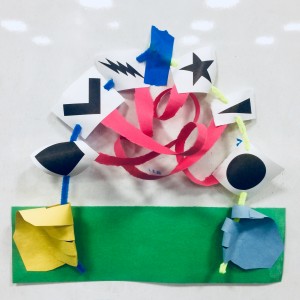Hi everyone!
Sadly I won’t be in clas on Wednesday — right now I’m in the Balkans, traveling for school and learning about the history of former Yugoslavia. Very interesting stuff.
Here is a link to our case study, though Mallory might still be editting it. https://docs.google.com/document/d/1n57MXsrNwvklRAZA5IOBPJppS5EsI4A5Rq88ecjqNOc/edit?usp=drivesdk
Mallory is also doing the powerpoint presentation, so I don’t have a link for that yet (THANK YOU MALLORY!). I wanted to post something because I’m worried I won’t have internet tomorrow.
A big reflection I’m having is about how do we make transformational change in such a short period of time? I think that our project (hopefully) started to sow the seeds for some ideas for transformational change. I think of transformational change as fundmentally altering the way we think about something, and therefore how we approach problem solving and implementing our ideas for solving the problem. The short term nature of the project reminds me that big changes take a long time to happen. If I want to keep doing co-design inspired work and make transformational change, I might need to re-think what transformational change look like or how I measure whether or not it’s happening…Right now I measure whether or not we changed how we think about things, and therefore changed how we approach problem solving and implementing our problem solving ideas by evaluating whether or not the idea we implement feels risky but is successful. I think my evaluation metric for transformational change is the riskiness of the idea and implementation because I think that something really transformational shouldn’t already exist…and it needs to be successful otherwise it wasn’t a good transofrmational change! But to see this kind of change, it seems impossible without trial and error, which takes time, money, and relationhips built on trust. Iam thinking about how to maximize those three things in a world where sometimes they are limited. And trying to think about whether I need a new definition or evaluation tool for transformational change.
Really excited to hear how the presentations go. i wish I could tune in, but I am 7 hours ahead, so class will be from 2-5am in Croatian time 🙂

